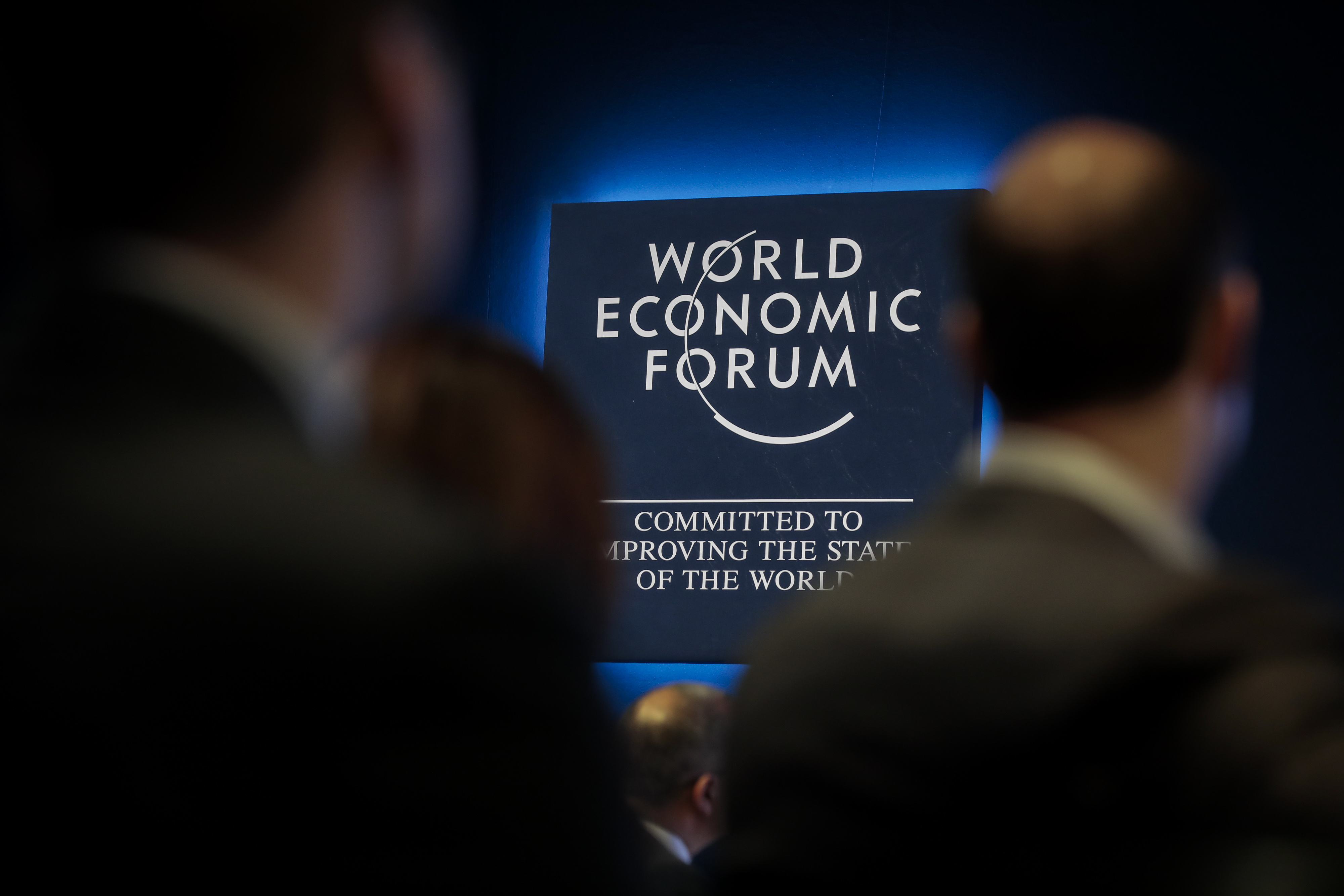An additional $1 trillion could be found for the UN’s Sustainable Development Goals if development banks focus on making investments digestible for private pools of capital.
That’s according to a report by the Blended Finance Taskforce released Tuesday at the annual World Economic Forum conference in Davos, Switzerland. The mix of public and private capital is dubbed “blended finance.”
“Action is needed end-to-end across the whole investment system to scale up the use of blended finance if we are serious about closing the funding gap for the Sustainable Development Goals,” said Mark Malloch-Brown, chair of the Business & Sustainable Development Commission, one of the authors of the report.
The Sustainable Development Goals are 17 objectives outlined in 2015 by the United Nations. They span a wide range of issues from clean energy and climate change to hunger to health and are meant to collectively reduce poverty and protect the environment.
There is currently a funding gap estimated to be about $2 trillion to $3 trillion for these goals. It has been estimated that public sources could provide half, but the remainder would have to be raised from the private investors.
Blended finance already exists and is estimated to be a $50 billion market, according to the report. Development banks already work with private investors in the renewable energy industry. One recent example was when institutions such as Germany’s KfW and Inter-American Development Bankloaned money with a group of commercial banks including Mitsubishi UFJ Financial Group Inc. and Sumitomo Mitsui Banking Corp to finance two wind farms in Chile.
This kind of collaboration needs to be significantly increased, according to Jeremy Oppenheim, programme director of the Business & Sustainable Development Commission and founder of SYSTEMIQ, an impact-investment firm.
“The multi-lateral development banks currently mobilize less than $1 of private capital for every dollar they invest,” he said. “This ratio would need to more than double to get anywhere close to the trillion-dollar financing target.”
Measures that can be taken include structuring an investment so the development bank is paid after the institutional investor is compensated, reducing the risk, and pooling assets to create portfolios of a size that pension funds and insurers can work with. The World Bank also provides insurance against political risk through a system known as MIGA.
The Blended Finance Taskforce is advocating for development banks to all set ambitious targets for private capital mobilization, which is believes could significantly contribute to narrowing the funding gap.




